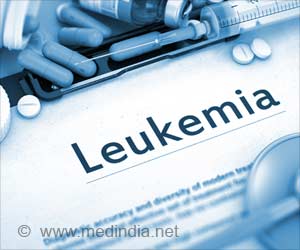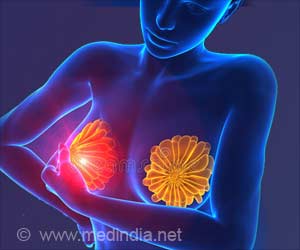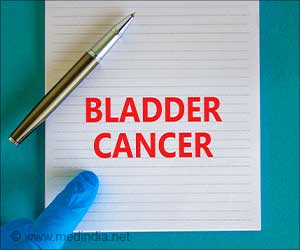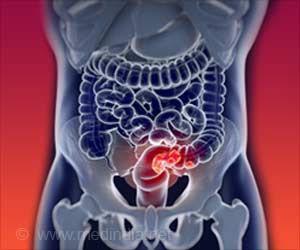Researchers say that women who develop tenderness in their breasts after using hormone replacement therapy are at an increased risk of developing breast cancer.
Researchers say that women who develop tenderness in their breasts after using hormone replacement therapy are at an increased risk of developing breast cancer.
However, it is still unknown why breast tenderness indicates increased cancer risk among women on estrogen plus progestin hormone replacement therapy."Is it because the hormone therapy is causing breast-tissue cells to multiply more rapidly, which causes breast tenderness and at the same time indicates increased cancer risk? We need to figure out what makes certain women more susceptible to developing breast tenderness during hormone therapy than other women," said Dr. Carolyn J. Crandall, a clinical professor of general internal medicine and health services research at the David Geffen School of Medicine at UCLA.
The researchers compared the daily use of oral conjugated equine estrogens (0.625 mg) plus medroxyprogesterone acetate (2.5 mg), or CEE+MPA, with the daily use of a placebo pill.
Among the women who did report breast tenderness at the beginning, the risk at one-year was about 1.26 times that of their counterparts on placebos.
Of the women who reported new-onset breast tenderness, 76.3 percent had been on the combination therapy.
Women in the combination therapy group who did not have breast tenderness at the outset but experienced new-onset tenderness at the first annual follow-up had a 48 percent higher risk of invasive breast cancer than their counterparts on combination therapy who did not have breast tenderness at the first-year follow-up.
Source-ANI
ARU
 MEDINDIA
MEDINDIA



 Email
Email










